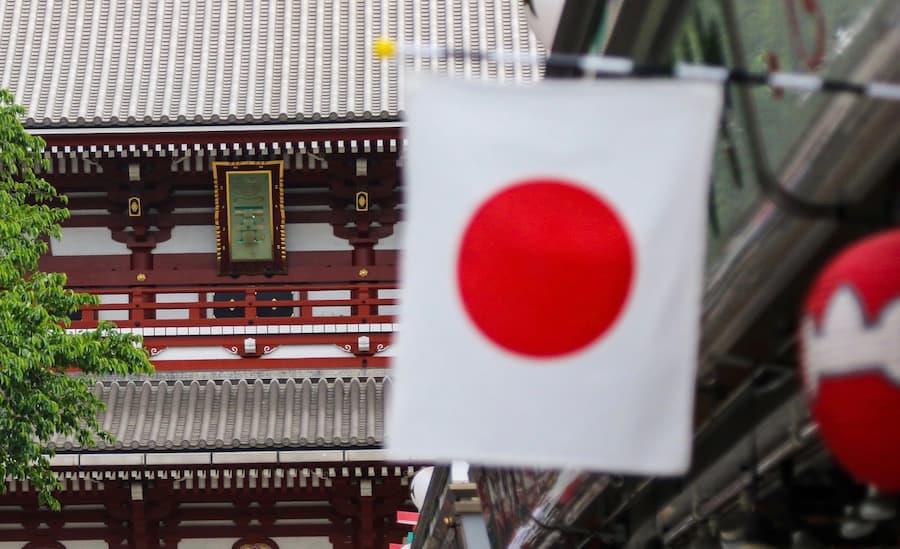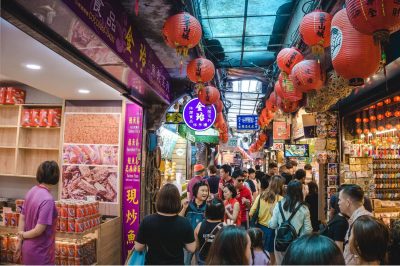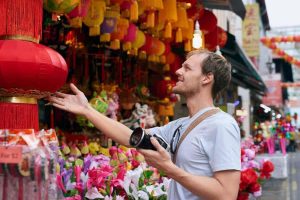Taiwan is a very popular tourist destination for Japanese travelers. It makes sense, given that the region was under Japan’s domain for five decades (ending in 1945). That historical influence is evident in today’s common and pop culture alike, with a variety of engaging experiences to be had throughout the island state. Whether you’re coming from Japan and looking for a taste of home or simply have an appreciation for Japanese culture you will appreciate a visit to any of the destinations below.
5 Popular Japanese-Influenced Tourist Attractions to Visit When in Taiwan
Rinzai Zen Buddhism Temple 臨済禅仏教寺院 Taipei
Zhongshan District, Taipei City
During the five decades that Taiwan was under Japanese rule
there were three Buddhist temples in Taipei City. Rinzai Zen Buddhism Temple (aka Huguo Temple) is the
only one that remains, making it a “must visit” for those in search of Japanese historical sites on the island. The temple also once served as a branch for the Rinzai school of Japanese Zen Buddhism, further adding to its legacy. But even if history isn’t your cup of tea you will not be disappointed as the wooden Japanese-styled architecture with a hip-and-gable roof with double eaves makes this stand out from the other
popular temples found throughout Taiwan. Within you will find four grand halls along with the old (and very photogenic) bell tower gate beside the Main Hall. This attraction is conveniently located near Yuanshan Metro Station yet rarely gets overly busy so you can soak up the atmosphere in relative peace and not have wait to take pictures.

Japanese Cultural Center
Japan–Taiwan Exchange Association 日本台灣交流協會, Taipei
The Japanese Cultural Center officially opened in Taipei at the end of 2017. Beyond promoting even closer cultural exchanges between the two nations, the center serves as a beacon for all in search of insight into the history of the relationship – with a keen eye pointed towards a fruitful future. The Center boasts a large collection of literature and historical maps but also has an exhibition space that delivers a rotation of art and antiquarian wares. There is also an on-site conference center so be sure to
check their Facebook page for event updates.
Ōgon Shrine 黄金神社 (aka Jinguashi Shinto Shrine)
Gold Ecological Park, Jinguashi, New Taipei City
Jinguashi was once the top gold mining town in all of Asia, but while there are no more 24-karat dreams to be had here the town now attracts visitors from all over the world ever since it become a
World Heritage Site in 2002, followed by the opening of the
Gold Ecological Park in 2004. The destination is popular with Japanese travelers with a penchant for history, even if some of it lands on the dark side. During World War II the site served as a POW camp. The Ōgon Shrine itself however, was built by Japan’s
Nippon Mining Company in 1933 to aptly honor three
Kami spirits of
metallurgy, which by definition is the art and science of extracting metals from their ores and modifying the metals for use. Much of the shrine had been destroyed after WW II (and subsequently more so by vandals) but pillars remain as a reminder of this historical site. Plus, the sweeping sky to ocean view from atop the mountain is worth the stair-climb. Be sure
connect to a Loci Amica guide for a more engaging tour of this destination.

Hualien Pine Garden 花蓮松園別館
Hualien County, Hualien City
There’s no denying that WW II landmarks (Pearl Harbor on Oahu, for example) attract tourists from around the world. Hualien Pine Garden is one such landmark, with its building once serving as both a command center and recreational retreat for high-ranking Japanese officers. Another macabre anecdote about this property is that it was also used to bless kamikaze pilots on the eve before their final missions. Today, the building has been officially designated as a “Special Historic Attraction Zone” and is also considered as one of the most important buildings on the island. But don’t worry, you won’t just be staring at an old brick and mortar, as the museum is located on a lush green property, with an assortment of exhibitions, performances, ponds, outdoor sculptures, and quaint cafe to enjoy parties and espresso. Try to come on a sunny day because from the command peak you will see both the mouth of the Meilun River, Hualien Harbor, and a clear, unobstructed view of the azure Pacific, making for quite the photographic treat.
Visit their Facebook page for events.

image: courtesy of Hualien Pine Garden (FB)
Batongguan Japanese Era Crossing Trail 八通關古道
Dongpushan Trailhead, Yushan National Park
There is some definitive Japanese influence within one of
Taiwan’s top national parks. If you’re looking a
hiking adventure with a beautiful backdrop to boot we suggest a visit to Yushan National Park where you will find the Batongguan Japanese Era Crossing Trail. During the colonial era, the Japanese built the trail as a means to manage the indigenous tribes of Yushan, while at the same time improving routes between eastern and western Taiwan. Today it’s a prime destination for those in search of a hike of a lifetime. That’s right, this is no afternoon walking excursion as it takes approximately
seven days to complete. There are a
series of cabins, cottages, and campgrounds along the way, with police stations should you be in need of assistance (but don’t worry – it’s safe). Yushan National Park has provided a
suggested itinerary for this hike
here, but we highly recommend connecting to a local guide for this epic journey through Japanese history on the island.
Download the Loci Amica app to get started.

Click here to view all the exciting Taiwan Tours.











